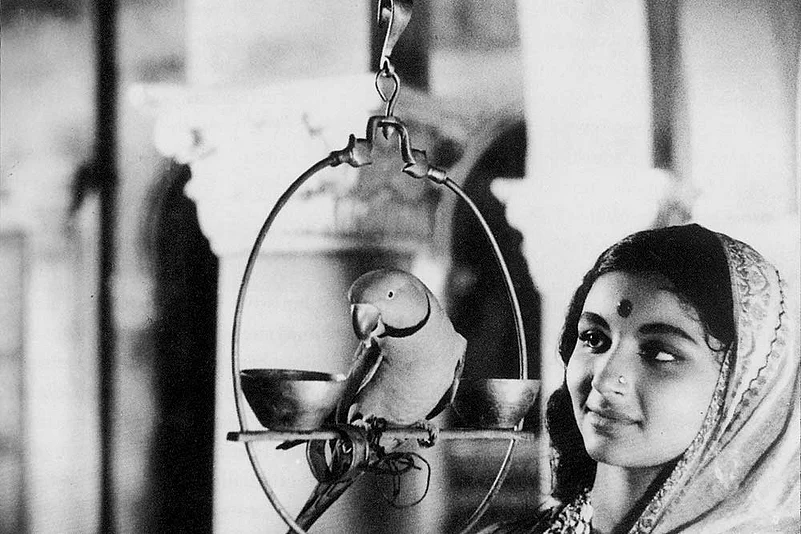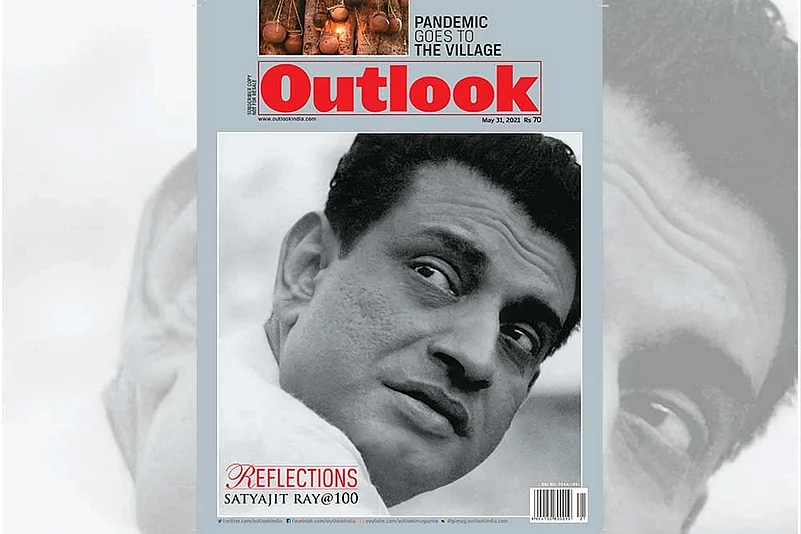It is heartening to see that despite the pandemic and its toll on us, the media is paying tributes and preparing anthologies to celebrate the centenary of Satyajit Ray. This gives me another opportunity to pay homage to my mentor. I cannot but wonder what kind of films he would have made on this unprecedented global catastrophe.
Ray understood and valued the relations between his own culture and that of others very well. In his films, he constantly sought the larger vision—reached out to the entire world and, in this you would agree, triumphed. That he was appreciated across cultures despite being firmly rooted in his own reinforces our belief that the commonalities we share transcend our differences. That it is possible to maintain and respect each other’s individuality and yet become part of the bigger dialogue. As the world keeps shrinking and becomes more uniform, we have much to learn from Ray’s vision of critical openness.
ALSO READ: The ‘Normal’ Lens
Ray was an extraordinarily talented man, a writer whose books sold in millions and still does. An illustrator, designer and music composer, he also made 29 feature films. He embodied the Bengali renaissance as it were. He pioneered a whole new way of film-making that compelled the world to reshape its perception of Indian cinema.
He was indeed a true commentator of his times, expressing concerns of the age he lived and worked in. The first phase of his career, coinciding with the hopes and idealism that were generated with India’s independence, gave us his finest films. These reflect the spirit of the time, also his own upbringing, his belief in the confluence of the East and the West, which was very much a part of newly independent India’s aspiration. The political and economic ideals, however, begin to unravel in the mid-1960s. Then followed the economic, political and social upheavals of the 1970s. The Naxal uprising, the Emergency, the issues that made the headlines—they all found a way into Ray’s films. In Pratiwandi and Jana Aranya; in Seemabaddha and in Ganashatru. A secular impulse ran through his films and he made courageous comments on blind faith, superstition and the caste system (Devi, Mahapurush and Satgati).
ALSO READ: Message In The Medium

Sharmila Tagore in a still from Satyajit Ray’s film Devi.
In Agantuk, Ray literally plants his own voice to articulate human concerns in a rapidly changing world order. Through the protagonist Manmohan Mitra, surely Ray’s alter ego, he questions the primacy of art and the artist, what the terms mean in the context of the world, what is civilisation, and indeed who defines what is civilised and what is not. Before passing on the baton to a new generation of film-makers and viewers, Ray uses his beloved medium to leave behind his message as a citizen of the world, decrying narrow confines of passport- and prejudice-induced boundaries, and extolling the new generation, represented by his young grandnephew, to refrain from being a kupamanduk, a frog in the well. Surely, this can also be seen as a call to the next generation of film-makers to look beyond the obsession with the market so as to create art that outlives the creator. Reminding them that extraordinary films are made not by extraordinary technology or budget, but by extraordinary imagination, intuitiveness and insight.
ALSO READ: Most Wanted

He tackled a bewildering array of subjects, informed by his vast and varied interests. High-brow satire, evocative period tales, epic sagas, musical fantasies, political parables, detective thrillers, ensemble pieces, contemporary angst-ridden themes. I cannot think of another Indian film-maker who has addressed such a wide variety of subjects and genres with such unerring mastery.
ALSO READ: The Unerring Casting Eye
His faith in humanity is moving and truly humbling. In today’s atmosphere of suspicion and intolerant thinking that is pushing humanity apart, his films bring a ray of hope, and compassionate understanding of human qualities and its frailties. “Watching a Ray film is revealing and rewarding no matter how many times one has seen it before,” says Adoor Gopalakrishnan. I totally agree with him.
ALSO READ: Uncle Auteur
Today the marketing arm of a film production dictates how a film should be made. Even the festival forums are being hijacked by sponsors who want more and more visibility. Under these circumstances, it is imperative we support the films and film-makers we believe in. Otherwise the world and the values we cherish will disappear forever.
ALSO READ: The Household On Bishop Lefroy Road
(Views expressed are personal.)
Sharmila Tagore is an actress who made her debut at the age of 14 in Ray’s acclaimed Bengali drama Apur Sansar
















